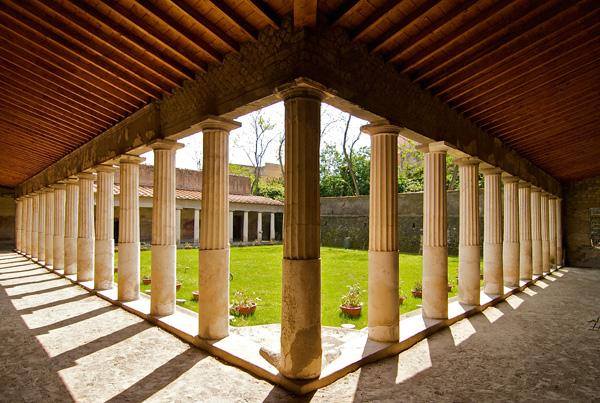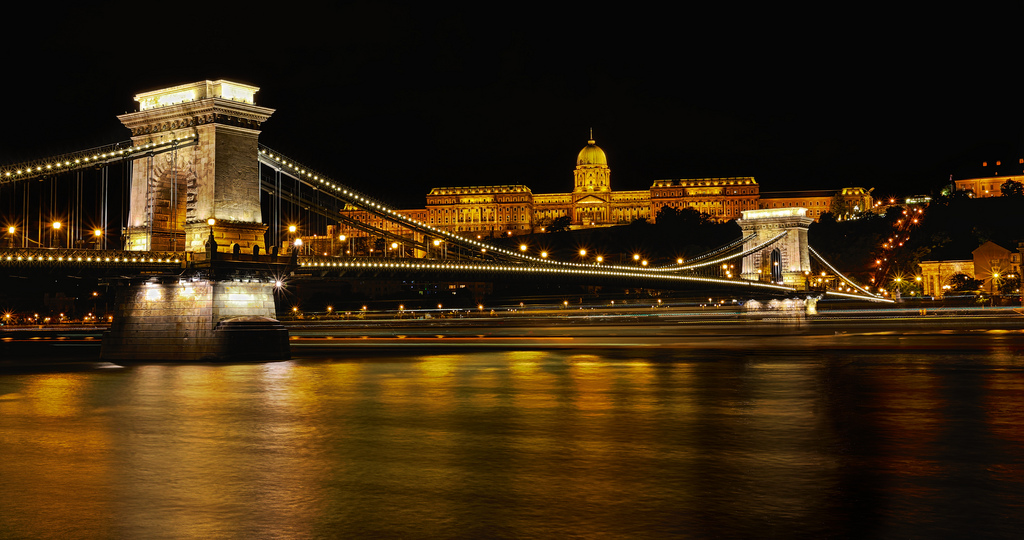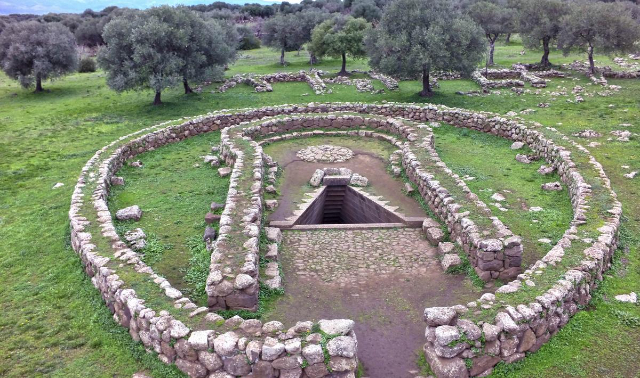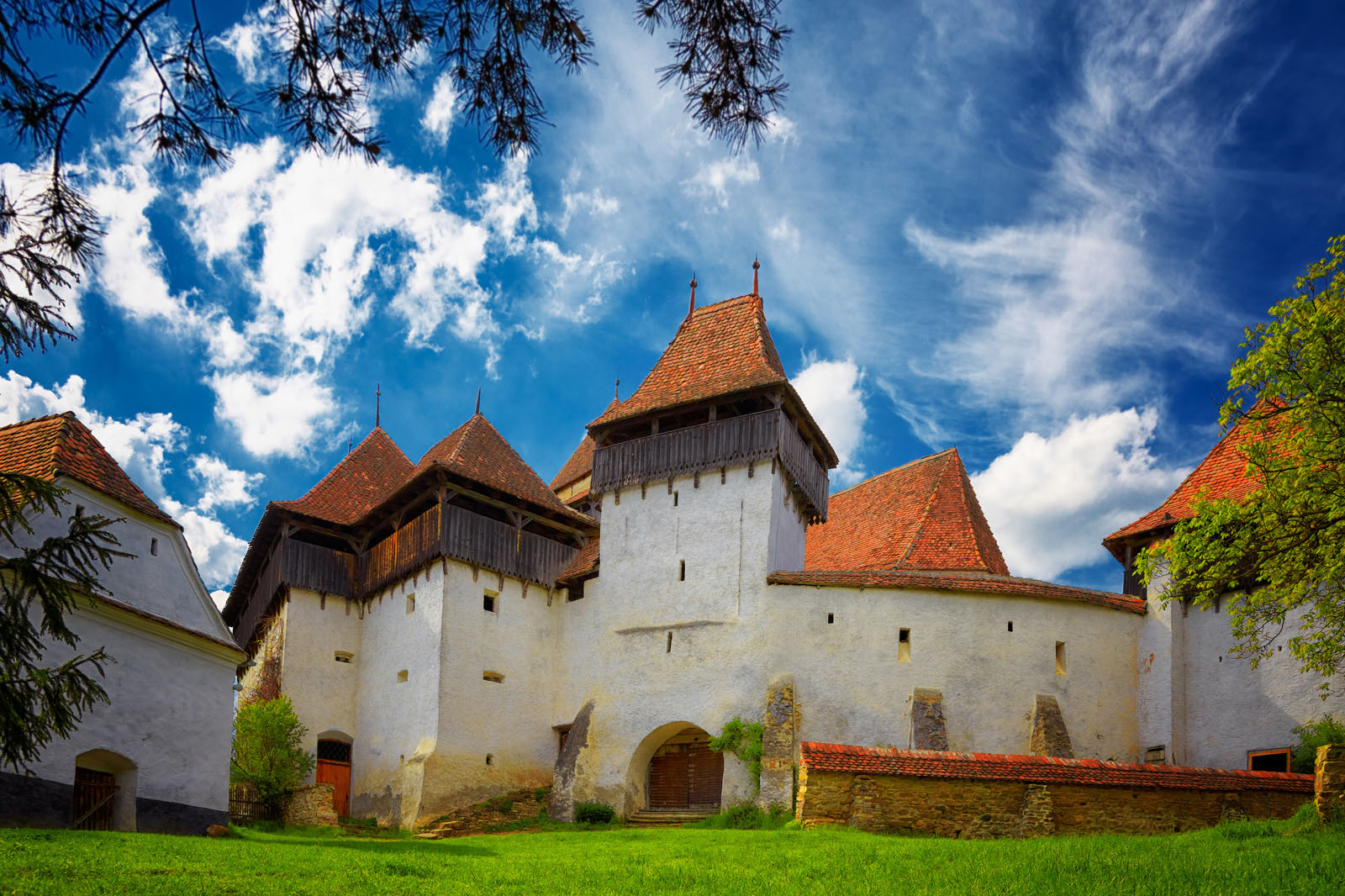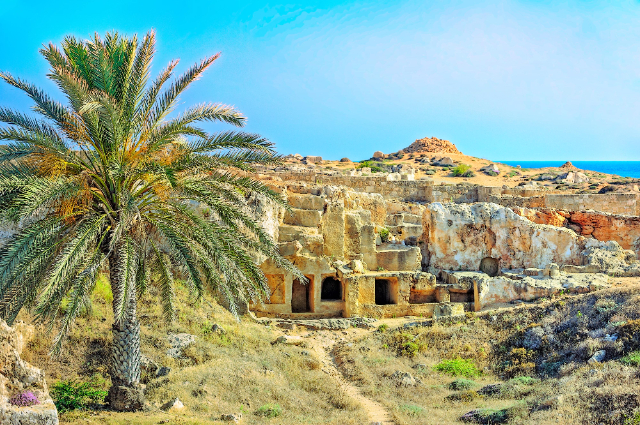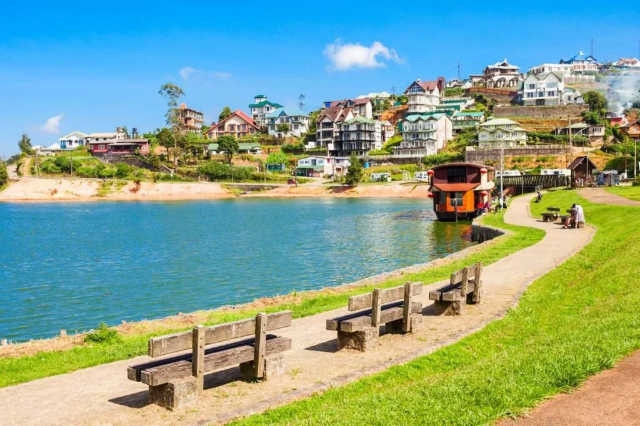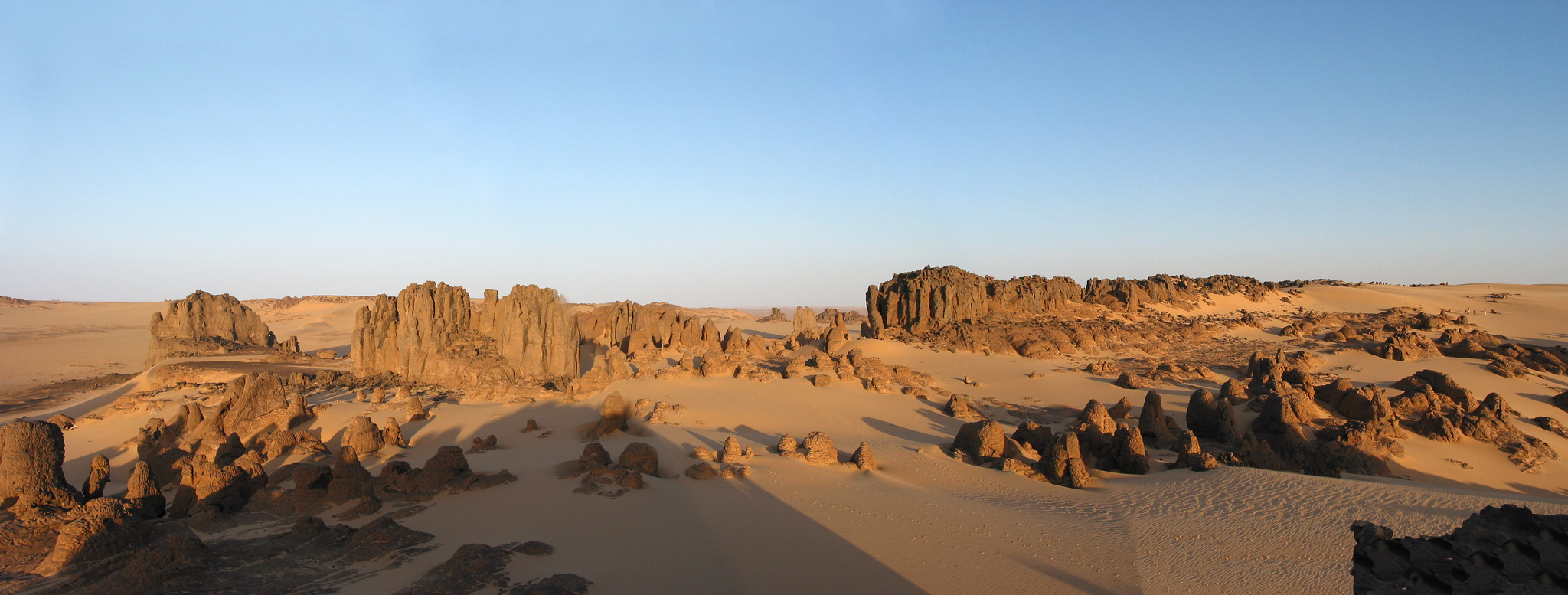The villa, whose conventional name derives from an ancient chapel built in the area in the second half of the eighteenth century, was built on the edge of the hill that perhaps collapsed in part at the time of the eruption, dragging with it the northern end of the rooms on the northern front. The planimetric organization of the building is developed according to a double orientation: most of the complex follows the trend of the hill, with the most representative rooms in a panoramic position overlooking the sea. The spa sector, on the other hand, follows the orientation of the urban layout, as can be seen from Carlo Weber’s surveys in 1759. The villa was built in the early Augustan age, and then modified several times during the first century A.D., in particular during the Claudia age. The visible structures were seriously compromised by the 1980 earthquake, which made it necessary to carry out massive restoration work. At present, one enters through a vestibule that leads into the atrium, where the lararium is located, with faux marble decoration. The area destined to the bathrooms is annexed to the rest of the building with a different axis, due to the presence of a road that has conditioned its orientation. The succession of the rooms is the typical one, which arranges in sequence frigidarium, tepidarium and calidarium respectively for cold, warm and hot water baths. A large portion of the villa’s surface area is also occupied by the garden, which stretches out from a monumental nymphaeum, overlooking an annular corridor and decorated with refined wall mosaics. Of the highest level is the fresco decorating the diaeta (resting room) at the end of the eastern side portico, depicting Perseus and Cassandra.
